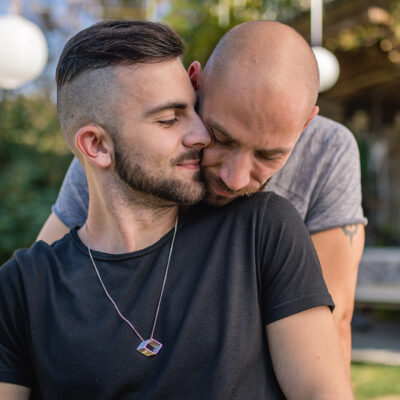Ways of using
As a liquid, G looks like water. It’s clear, odorless, and can taste slightly salty or chemical-ly, and is often sold in small bottles or vials.
Using the right dose is a key issue with G. It’s known for having a very narrow range between a “normal” dose and one that can be dangerous. Most often, people take G in “caps” which just means filling up the cap of the bottle and taking that amount. A cap is usually about 1 milliliter (mL) of liquid.
As a powder, G is generally safe up to about 3 grams. In liquid form, the amount that can be safe to ingest really depends on the concentration. Knowing the concentration is oftentimes not possible, which makes it difficult to judge how much you’ve taken.
Effects of G
Similar to alcohol, you can get high and social off G at lower doses, sedated at higher doses, and it can be lethal and dangerous at extremely high doses. The “dangerous” dose can come very quickly and unexpectedly with G.
Many of us take G at clubs and sex parties, with people we’re having sex with, with people we know, and with people we don’t know that well. It’s good to know that taking G can make it harder for us to respond if we’re attacked or put in a position we don’t want to be in, so it can be a good idea to use with people you know and trust if possible.
“Falling out” is common with G. This is a result of taking too much–especially if G is used with alcohol or other downers. People who fall out lose consciousness and are unresponsive.
G can also cause confusion, hallucinations, and seizures.
If you are with someone who loses consciousness or experiences seizures or other severe symptoms, call 911 and get the person medical help.
Safer use & overdose prevention
It’s best to wait at least two hours between doses. G is not something to be sipped on every few minutes like alcohol. It can take G up to about a half hour to come on, so be patient, don’t re-dose!
G is incredibly dose sensitive! It is HIGHLY recommended that you measure doses with a marked oral mL syringe to measure your dose accurately. Shake your bottle before dosing because it can settle at the bottom and can lead to inconsistent results/dosing.
G can cause chemical burns in the throat/mouth if ingested without dilution. Dilute it with water or juice (but don’t leave the mixture sitting out so someone drinks it by accident!)
Try to use G with people you know and trust, and with people who may be able to respond in case you need medical assistance.
Because G looks like water, it can help to add a little bit of food coloring to your drug as a reminder so that people know it’s not water.
Many people use meth and G together, using G to “take the edge off of” meth. Unfortunately, taking these two drugs together doesn’t necessarily “balance each other out” as some people hope. Taking G and meth together can increase the likelihood of heart attack and other health emergencies.
Similar to alcohol, withdrawals from G can be dangerous and should be medically assisted if you’re a heavy daily user and you want to stop. Physical dependency on G can happen very quickly–with some reports of as little as 3 to 7 days leading to severe withdrawals.
Analogues of GHB
There are other drugs that are similar to GHB: GBL, BDO, and the lesser-known GVL and GHV. GBL and BDO (also known as BD) are often sold as GHB. They can be stronger than GHB, and the effects are more unpredictable. You can feel the effects more quickly with GBL, and more slowly with BD. People refer to all these interchangeably as “G” which can be confusing because they all have different dosages, so be aware!
Other facts about GHB
GHB was first synthesized in the 1920s and was used in the 1960s as a pain reliever. In the 1980s it was used for weight loss, and in the 1990s and beyond has been used as a club drug and to enhance sex. It has only been a schedule 1 controlled substance in the U.S. since 2000.





